An international research collaboration has found that sports like cycling, swimming, aerobics and racquet offer life-saving benefits. The study examined surveys from over 80,000 adults older than 30 years of age from 1994 to 2008. Results showed that risk of death from cardiovascular disease was reduced in those who participated in cycling, swimming, aerobics and racquet […]
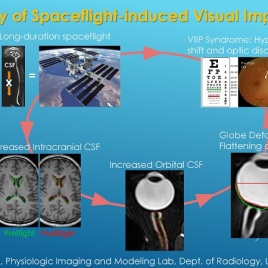
Mystery of astronauts’ blurry vision solved
Nearly two-thirds of astronauts who return from long-term missions on the International Space Station experience blurry vision. The syndrome, known as the visual impairment intracranial pressure, is also responsible for flattening of the eyeball and inflammation of the optic nerve, and can cause permanent far-sightedness. Researchers found the likely cause for this mysterious impairment, which […]
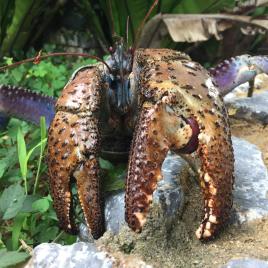
Strongmen of the sea: Coconut crabs have the strongest pinch of all crustaceans
Cracking coconut shells is a great workout routine for the coconut crab, who was recently named as the crustacean with the strongest pinch. A team of researchers measured the pinching force of 28 wild coconut crabs. They found that the bigger the crabs, the harder they pinch, with the maximum force projected to be 3300 […]
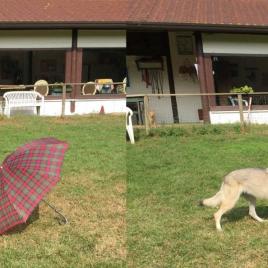
Your dog can remember more than you think
Memory in non-human animals is largely a black box, because in humans the biggest proof of memory we have is transmitted through language. But new evidence suggests that dogs may also have memories of moments in a time and a place, known as episodic memories. This was demonstrated through a game where dogs were tested […]
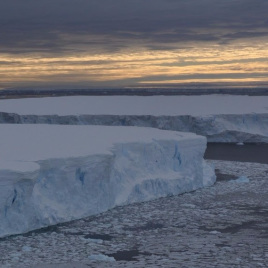
Retreat of the fastest melting glacier in Antarctica began in 1945
The loss of ice on Pine Island Glacier makes up about a quarter of Antarctica’s melt, and a new study pinpointed the source of its fast retreat to the El Nino event of 1945. Using dating techniques, an international team of researchers studied sediment cores from the glacier’s floating ice shelf. They discovered that the […]
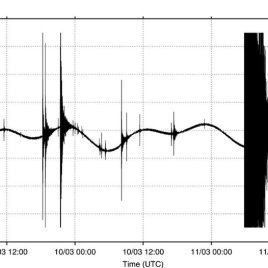
A new way to forecast earthquakes with gravity signals
Current early-warning earthquake systems rely on so-called seismic waves, which are produced in the Earth during the rupture. But a new study found another method that could indicate an earthquake even earlier. By analyzing data from the 2011 Tohoku earthquake off the coast of Japan, researchers have identified a prompt gravity signal that precedes seismic […]
International medical community calls for medical neutrality in conflict zones
People wounded in war-torn countries like Syria, Iraq, Afghanistan and South Sudan must have access to medical care, a new BMJ editorial urges. Authors claim that failure to provide medical care to people in war zones is a violation of the International Humanitarian Law as set out in the Geneva Conventions of 1949. They call […]

Canada’s Chemicals Management Plan | SMCC Backgrounder
The Chemicals Management Plan (CMP) was launched in 2006 as a joint initiative of Health Canada and Environment and Climate Change Canada. The plan was designed to assess and manage chemical substances with the help of existing federal chemical programs. SMCC’s backgrounder on Canada’s Chemicals Management Plan describes the key programs for research and monitoring […]

SMCC Webinar: New Strategies for Tracking Climate Change in Canada’s North
There has never been a more urgent time to study climate change. Average Arctic temperatures have increased at nearly twice the global average in the past 100 years. The extent of Sea ice is also at its lowest levels since records were kept. As temperatures rise and sea ice retreats, Canada’s north is already experiencing […]
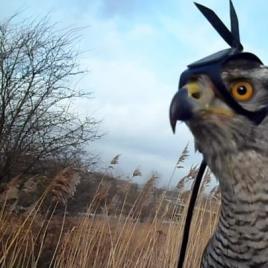
Hawks and humans could be using similar visual cues during search
While humans may not have the hawk’s amazing eyesight, a new study suggests that both hawks and humans use similar visual techniques for search. To better understand the scanning techniques of a hawk, researchers mounted a camera on the head of a Northern Goshawk. Combined with footage of hunting raptors, gathered from the ground, authors […]
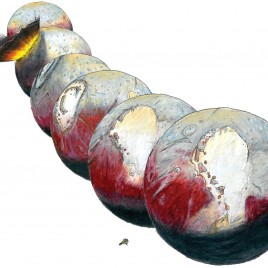
What made Pluto roll over? Sputnik Planitia may hold the answer
A heart-shaped region on the surface of Pluto, called Sputnik Planitia, is at the centre of two theories about the dwarf planet’s reorientation. New studies suggest than as Sputnik Planitia filled with ice, it changed Pluto’s position. There are two theories as to why that happened. One posits that the ice accumulation has changed tidal […]
New monitoring technique uses eDNA to learn about deepwater fish populations
Monitoring populations of polar and deepwater fish can be challenging due to their remote and often inaccessible habitats. A new study used a non-invasive analysis of environmental DNA in seawater samples to learn about several species of fish off the coast of Southwest Greenland. The researchers then compared eDNA analysis results to catch data by […]
The effect of European settlement on the immune system genes of Canadian First Nations population 
Changes in immune system genes of First Nations people in coastal British Columbia may be linked to epidemics associated with the arrival of Europeans in early 19th century. A new study analyzes DNA samples from individuals in modern-day Lax Kw’alaams and Metlakatla First Nations, as well as DNA from individuals who inhabited the region as […]
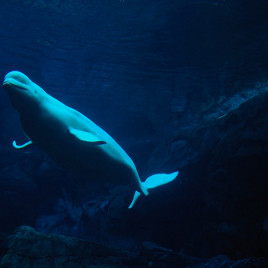
As sea-ice melts, beluga whale migration patterns change 
Every year in the summer, belugas swim to a predetermined spot to moult, feed and mate. But the melting and subsequent shifts in sea-ice could get in the way of the whales’ vital trek. A new study analyzes data from a 20-year span to study how shifting ice patterns influence beluga migration. Researchers found that […]

Exploring the math behind the perfect cup of coffee
What makes the perfect brew? Some may say it’s the coffee beans; others will argue it’s the roast or the grind of those beans; others yet will point to the brewing methods. Now, a group of researchers investigated the mathematics of the drip filter brewing system, looking at the numbers behind such brewing elements as […]
Bird droppings responsible for a small but much-needed dip in Arctic temperature 
Droppings from migratory seabirds are linked to cloud formation in the Arctic, offering a small cooling effect in the region. Clouds have offered a respite from rapid rise in Arctic temperatures, but previously there wasn’t much information available about the source of cloud growth. Using a combination of observations and computer modelling, a team of […]

